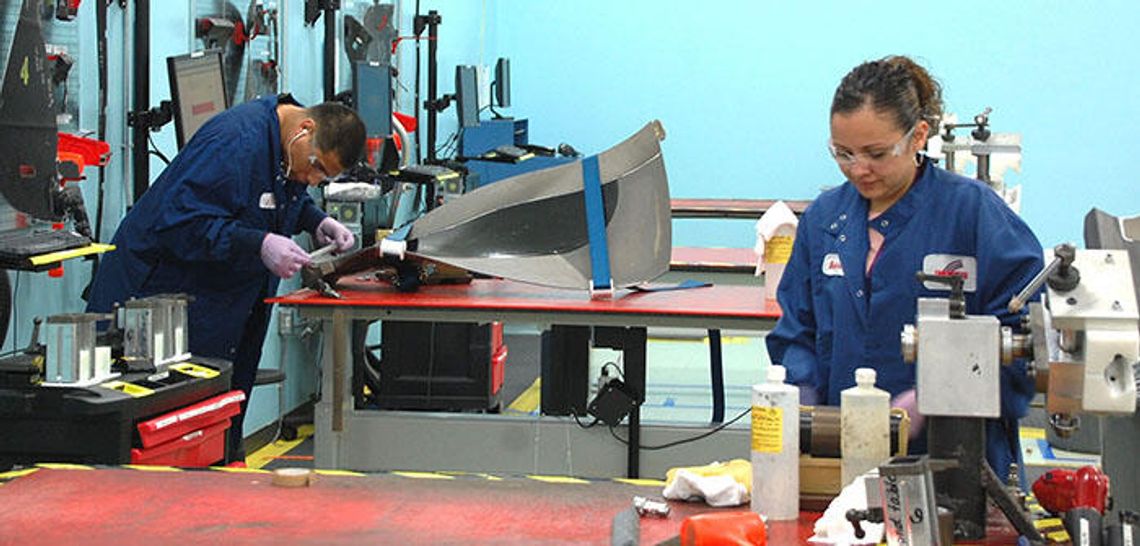[dropcap]C[/dropcap]ontinued job growth over the past five years has helped drive Hays County unemployment figures down to levels not seen in nearly two decades.
According to the U.S. Bureau of Labor Statistics, Hays County experienced a 2.8 percent unemployment rate in November 2017, which is the lowest rate the county has had since it hit 2.7 percent in 1999.
Hays County’s low unemployment rate follows a statewide trend of rates dropping to historic levels. According to a Texas Workforce Commission press release, Texas’ seasonally adjusted unemployment rate fell to 3.8 percent in November 2017, which set a record for the lowest rate in four decades.
Andres Alcantar, TWC chairman, said in statement that the state added 54,500 non-farm jobs in November. The annual employment growth in Texas increased to 2.7 percent in November, which marked 91 consecutive months of annual growth in Texas, according to the release.
Nine of the 11 major industries in Texas grew in November, which includes professional and business services, construction and leisure and hospitality.
“The addition of 330,600 jobs over the year demonstrates the consistency with which employers in our state create job opportunities for the highly skilled Texas workforce,” said Alcantar in a statement. “The Texas economy offers employers access to a competitive workforce and provides job seekers with career options in a variety of growing Texas industries.”
Alcantar added prive-sector employers added 52,000 jobs in November and have accounted for 294,600 positions in the state.
“I am encouraged by the growth across a variety of industries and commend our employers for their investment in our Texas workforce,” Alcantar said.
In Hays County, job growth has gone up by five percent over the past five years, said Adriana Cruz, executive director for the Greater San Marcos Partnership.
Cruz said Hays County’s growth has at times outpaced the Austin metro area. Much of what’s driving job growth is attractiveness to the area. Cruz said the GSMP has seen growth in the service sector with the increase in food and retail establishments.
More recently, the county has also experienced job growth in manufacturing and technology based jobs as well. In 2016, Hays County and the city of San Marcos approved agreements to allow for Urban Mining to set up in the San Marcos area. Cruz said Urban Mining is expected to bring roughly 100 jobs to the area.
Cruz also cited success at Amazon’s fulfillment center in San Marcos.
“The market is changing and business have to learn how to change along with that .. But the same time, with the traditional 9 a.m. to 5 p.m. business, it can also be difficult to find qualified full time employees to fill those spots.” JR Gonzales, managing director of Buda Area Chamber of Commerce
“We’re happy to see that upward trend [in job growth],” Cruz said. “That’s one of the jobs we’re tasked with is attracting high quality jobs in the county. We feel all of our efforts are pointing to that.”
But one of the challenges many jobs will face in the near future is training of the workforce. Cruz said workforce development is “critical” and is one of the factors companies assess before planning a move to a region.
Cruz said the GSMP works with Austin Community College and Texas State University and provides skill fund grants that help train the next workforce.
The GSMP also works with San Marcos and Hays CISD’s Career Technology Education departments to “make sure they’re aware” of what workforce skills are needed for high school seniors before they graduate, Cruz said.
JR Gonzalez, managing director at the Buda Area Chamber of Commerce, said finding good quality workers to fill jobs in a growing economy is a “catch-22.”
Factors that could play a role for employers filling jobs will be specific fields, along with the age of the upcoming workforce.
With younger workers entering the field, moving and changing jobs quickly is a reality, Gonzalez said, adding the days of working for a company for 20 years “doesn’t exist anymore.”
The impact could be felt within small businesses, which can struggle to compete with larger companies when it comes to benefits, salaries and hours. Gonzalez said small businesses may have be creative when offering incentives to attract younger workers.
“The market is changing and business have to learn how to change along with that,” Gonzalez said. “But the same time, with the traditional 9 a.m. to 5 p.m. business, it can also be difficult to find qualified full time employees to fill those spots.”
Cruz said the county has so far been on the front end of infrastructure development. She believes it could help Hays County continue to see job growth in the future.
“We think the future is extremely bright and look toward more opportunities coming down the pipe,” Cruz said.











